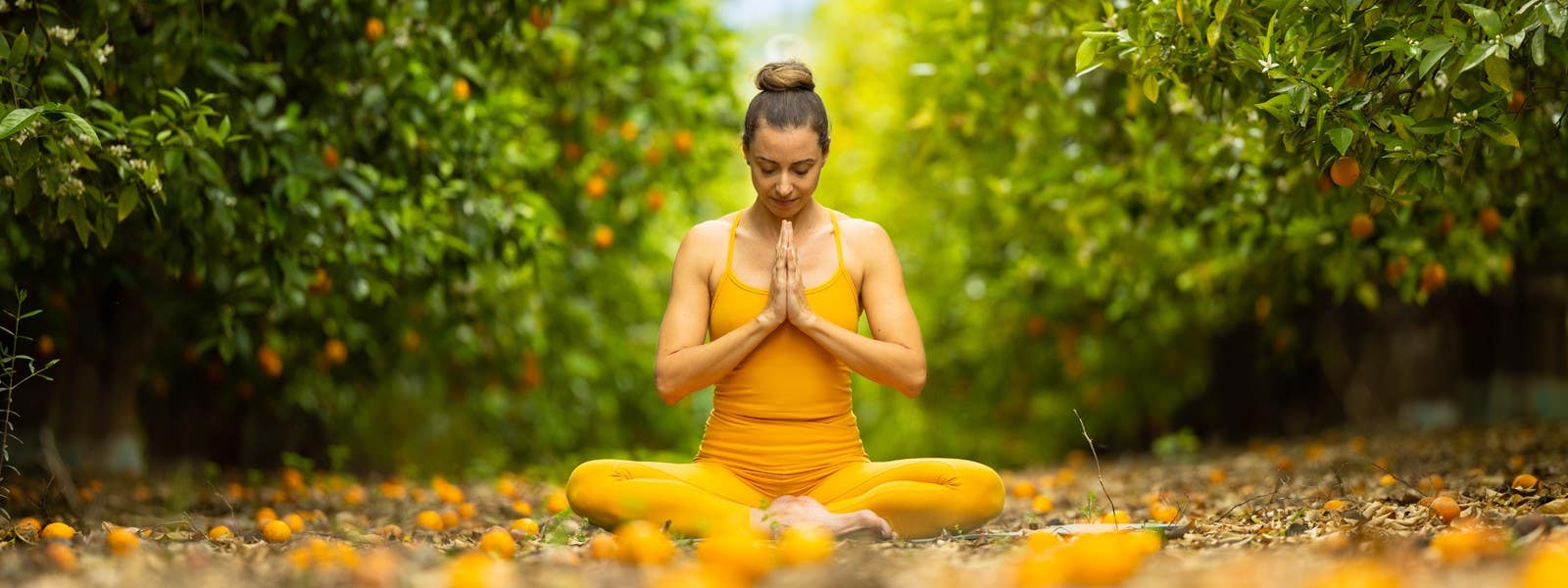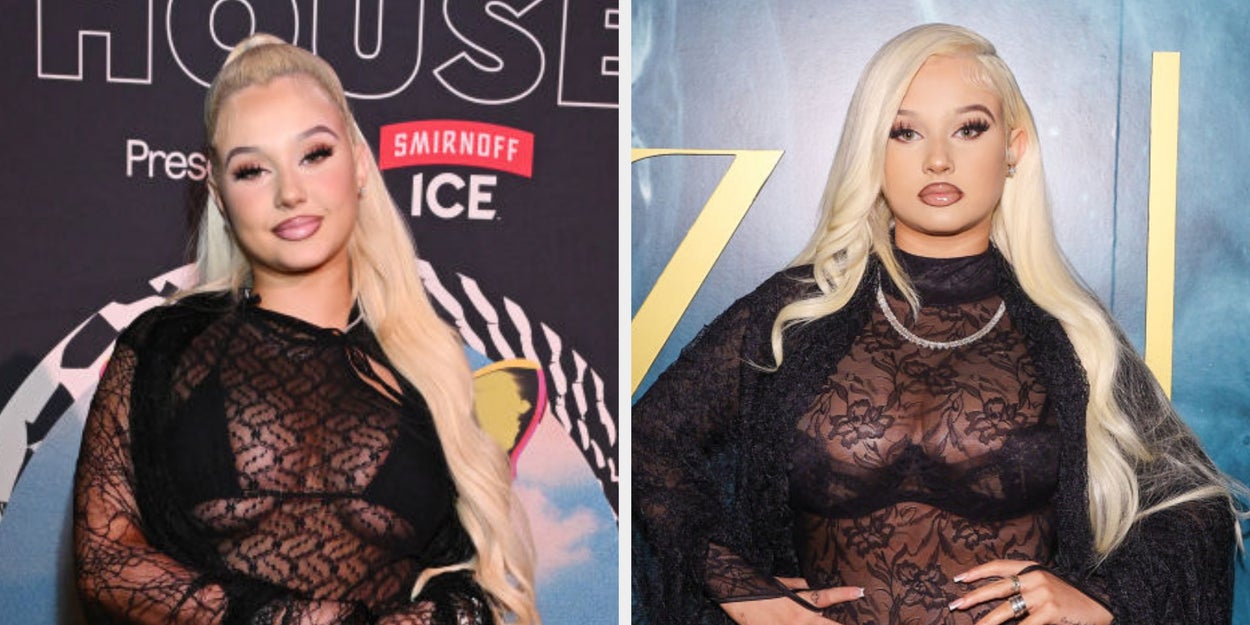Building a bigger chest isn’t just about heavy bench presses and incline flys. What you eat plays just as crucial a role. Your muscles need the right fuel to grow, recover, and stay full. In this guide, you’ll learn what to eat to boost chest gains, improve workout recovery, and maintain consistent growth.
Why Nutrition Matters for Chest Growth
Your chest muscles—mainly the pectoralis major and minor—respond to progressive overload and proper recovery. But no amount of reps will work if your nutrition is off. Muscle growth demands three key elements: protein for repair, carbohydrates for energy, and healthy fats for hormone production.
If you aren’t eating the right foods in the right amounts, your pecs won’t grow, no matter how intense your workouts are.
Key Nutrients for Building Chest Muscle
Protein: The Foundation of Muscle Growth
Protein is made of amino acids, the building blocks of muscle. When you lift weights, you cause small tears in muscle tissue. Protein helps repair and grow these muscles bigger and stronger.
Carbohydrates: The Fuel for Heavy Lifting
Carbs provide glycogen, which fuels your chest workouts. If you don’t eat enough carbs, you’ll feel tired, sluggish, and unable to push through challenging sets.
Fats: Essential for Hormone Balance
Good fats keep your testosterone levels optimal. This hormone plays a major role in muscle growth and strength. Don’t cut out fats if you’re trying to grow.
Top Protein-Rich Foods to Build a Bigger Chest
1. Chicken Breast
Chicken breast is lean, easy to cook, and packed with protein. It offers about 25–30g of protein per 100g serving. Perfect for building muscle without adding fat.
Eat it grilled, baked, or stir-fried with veggies for a balanced meal.
2. Eggs
Eggs are rich in protein and healthy fats. The yolk contains vitamins and nutrients like B12, D, and choline, which support muscle function.
Have 2–4 eggs for breakfast or boil them as a post-workout snack.
3. Greek Yogurt
Greek yogurt has double the protein of regular yogurt and includes probiotics for gut health. It’s great as a breakfast or snack option.
Top it with berries, honey, or oats for a well-rounded meal.
4. Whey Protein
When you need fast protein after a workout, whey is your best friend. It digests quickly and contains all essential amino acids.
Blend with water, milk, or fruits for a post-lift shake.
5. Lean Beef
Beef is a powerful muscle food. It’s full of high-quality protein, creatine, and iron. Go for lean cuts like sirloin or top round.
Cook it as a steak, in chili, or ground for muscle-friendly tacos.
Best Carbs for Chest-Training Energy
1. Brown Rice
Brown rice is a complex carb that digests slowly, giving you steady energy throughout your chest workout. Pair it with chicken or fish for a powerful muscle-building combo.
2. Oats
Oats are perfect in the morning or as a pre-workout meal. They’re high in fiber and provide long-lasting energy.
Mix them with milk or yogurt, or cook with banana and honey.
3. Sweet Potatoes
Sweet potatoes are rich in vitamins like A and C and give you a clean source of fuel for heavy lifting sessions.
Roast them or mash them for a quick, easy side dish.
4. Quinoa
Quinoa is a complete protein and also provides a solid dose of carbs. Great for vegans or anyone looking to vary their carb sources.
Use it in bowls, salads, or as a base for grilled meats.
Healthy Fats to Support Muscle Growth
1. Avocados
Avocados contain heart-healthy monounsaturated fats. They also pack fiber, potassium, and other nutrients that support recovery.
Add slices to sandwiches, eggs, or wraps.
2. Olive Oil
Olive oil is a great cooking fat that also works as a salad dressing. It’s loaded with anti-inflammatory benefits, which help with post-workout soreness.
Use it in moderate amounts with meals.
3. Nuts and Seeds
Almonds, walnuts, chia seeds, and flaxseeds offer protein, fiber, and healthy fats. They’re also rich in magnesium, which helps with muscle recovery.
Sprinkle them on yogurt, salads, or smoothies.
4. Fatty Fish
Salmon, mackerel, and sardines offer omega-3 fats, which reduce inflammation and support testosterone levels.
Eat fatty fish at least twice a week to help with long-term muscle recovery.
Hydration and Muscle Volume
Water may not be a macronutrient, but it’s essential for muscle fullness and performance. Dehydration shrinks muscle cells and reduces pump.
Aim for at least 3 liters a day, especially if you’re training hard and sweating often.
Drink more during and after workouts to maintain volume and flush out toxins.
Sample Meal Plan for Bigger Chest Growth
Here’s a simple day of eating to support your goal of a bigger chest:
Breakfast
- 3 whole eggs + 2 egg whites
- 1/2 cup oats with banana and peanut butter
- 1 glass of water or green tea
Mid-Morning Snack
- Greek yogurt with almonds and blueberries
Lunch
- Grilled chicken breast
- 1 cup cooked brown rice
- Mixed greens with olive oil
Pre-Workout
- 1 slice whole-grain bread with honey
- 1 boiled egg
- 1 glass of water
Post-Workout
- Whey protein shake with a banana
Dinner
- Grilled salmon
- Quinoa and steamed broccoli
- Avocado slices
Late Snack
- Cottage cheese or a boiled egg
- Handful of walnuts or sunflower seeds
Foods to Avoid if You Want Chest Gains
1. Sugary Drinks
Soda and energy drinks spike your insulin and add empty calories. They contribute to fat gain, not muscle growth.
2. Fried Foods
Fried and heavily processed foods contain unhealthy trans fats that can disrupt hormone balance and recovery.
3. Alcohol
Alcohol slows muscle recovery, lowers testosterone, and dehydrates your body. Keep it minimal if you’re serious about gains.
Final Tips to Maximize Chest Size with Nutrition
- Eat every 3–4 hours to stay in a muscle-building state
- Get enough calories—growing requires a surplus
- Track your protein intake: aim for 1.6 to 2.2g per kg of body weight
- Don’t fear carbs—they give you the energy to train heavy
- Use a food journal or app to keep progress on track
Conclusion
Eating for chest gains isn’t complicated—but it does take consistency. Prioritize high-protein meals, smart carbs, and healthy fats to keep your muscles fed and fueled. Pair these foods with intense, progressive chest workouts, and your pecs will start growing fast.
Fuel up right, train hard, rest well—and watch your chest transform.









